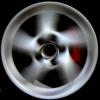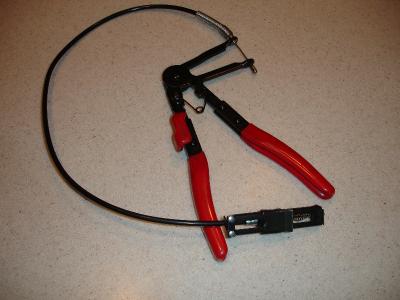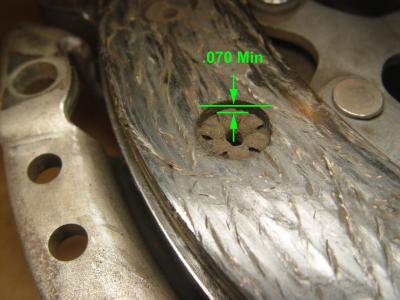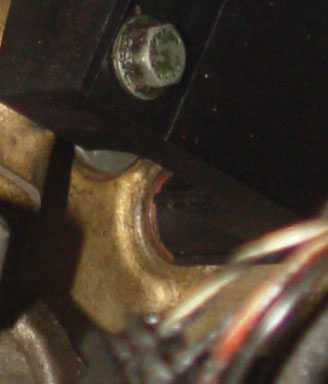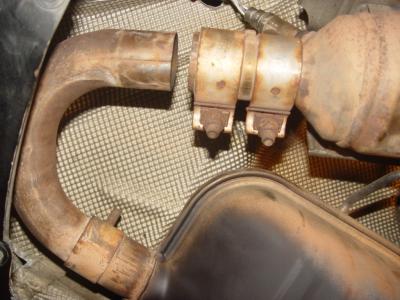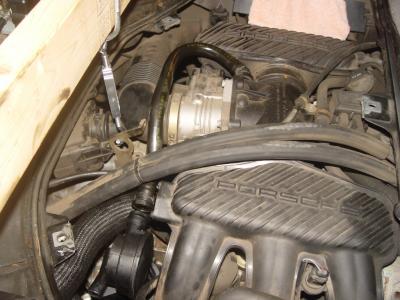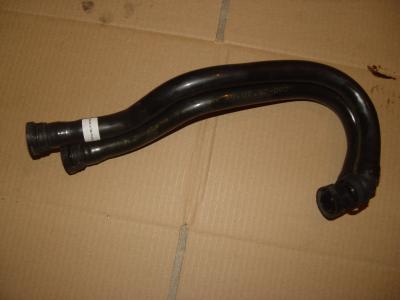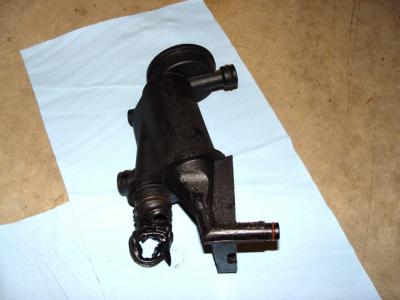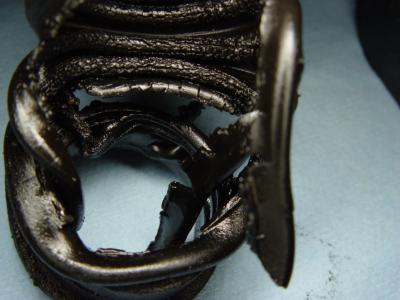The following are some thoughts on this project. There is much information in this and other sites as well as the Bentley manual and these are only some additional thoughts on the procedures. These apply to my 98 Boxster.
I did the work myself and put the car on jack stands. I used a motorcycle/ATV jack to remove the muffler and transmission – this made the effort much easier. If I tried to remove the transmission without the jack, I would probably still be under the car with the transmission on top of me while my wife was trying to figure out how to get the mess cleaned up. Following is a picture of this jack. I will make a shorter handle next time I use it as the long handle would hit the bumper and moving the jack further under the car caused the lift to rise.
I used a 2x4 on blocks to support the engine as shown in the following picture and I don’t think I would recommend this approach. I hope someone has a better solution. The hardware results in the load pivot point being under the 2x4 so it would not flip over and a chain wrapped over a 2x4 would give me serious concern of this happening. The hardware also bent from the load as you can see in the picture and even though I adjusted it once, the engine was about ¼ to ½ inch lower when I reinstalled the transmission (based on transmission mounts). I also spent a significant amount of time thinking about what would happen if the 2x4 broke when I was under the car.
I used a slightly different approach then shown in the Bentley manual to remove the muffler. The muffler was supported by the jack shown above. I removed the muffler by sliding the connectors (after loosening the bolts) out of the way at the cats as shown in the following picture. I then unbolted the muffler at the transmission mount. These bolts are easier to get at than the muffler support frame on top of the muffler. These bolts will slide back, but will be stopped by the muffler. The small support frame at the end of the transmission will come down (probably fall at some point) with the muffler. You have to pivot the muffler to get it down as the U shaped section attached to the end make the whole unit too wide to drop straight down. Reinstalling the muffler at these connections was also easy.
There are 6 bolts mounting the transmission to the engine. One of the bolts (bottom left corner) was a triplesquare internal nut. I got several strange looks when I asked people at different auto and hardware stores for the proper tool to remove a triplesquare internal nut bolt, but finally found someone at Autozone who recalled that he had a strange set of tools that might work. They were triplesquare, but were too long so I had to cut the one that was the proper size to a shorter length. This can be seen in the following picture.
The bolt at the top of the transmission is hidden behind something called a muffler that is attached to the air box. This can be loosened to get to the bolt and is shown in the following picture.
For the life of me I could not get this top bolt off from underneath the car. I tried flexible and wobble extensions. I eventually rounded two of the corners and looked for another approach. I found that I could get to the bolt from above as shown in the following picture. I had to use a straight ended closed-end wrench to remove this bolt. I tried an open ended wrench and thought I was going to round more corners and eventually used a GearWrench with an extension to get the bolt off.
I would get a couple of extra long M12 bolts to help align the transmission and clutch as this took several tries.
I was told by the Porsche parts dealer that Porsche does not indicate that you will have to replace the "J" tube when installing a new AOS on a 98 Boxster – only on the 97. He checked and confirmed that the 97 and 98 originally used the same "J" tube so I ordered the replacement tube. This is needed as the old tube is too short (probably could be forced) for the new AOS as shown in the following pictures.
I also didn’t replace the RMS as this seemed to be in good condition. I suspect it’s the original because of the location and I figured why mess with something that appears to be working. The design of the new seal is somewhat funky with an extended coated lip with some small ridges on the inner surface that contact the shaft. I may be old school, but the new design didn’t give me any confidence that it would work better than the one already on the car. Someday I may regret not installing the new seal. I plan to look at the seal in about a year – unless I have to look at it earlier as a result of seeing some leaks coming from the clutch housing.


